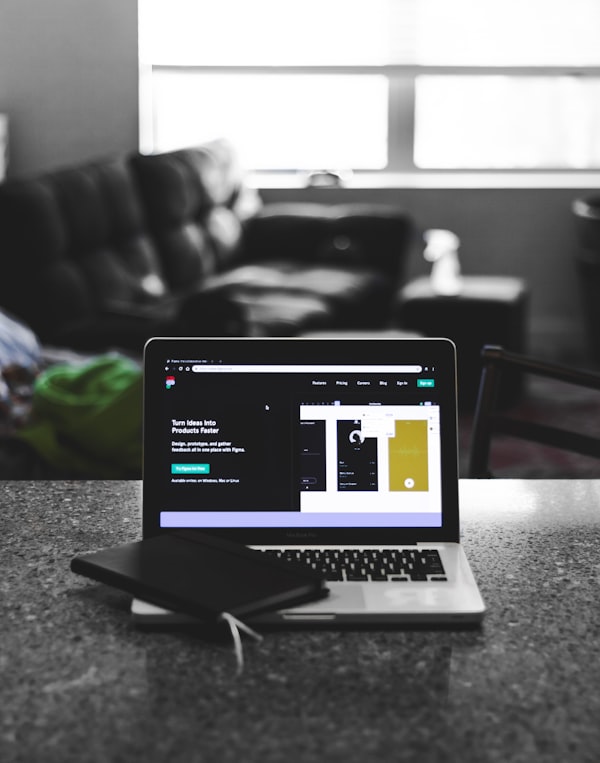A Modern CSS Reset
I think about and enjoy very boring CSS stuff—probably much more than I should do, to be honest. One thing that I’ve probably spent too much time thinking about over the years, is CSS resets.
In this modern era of web development, we don’t really need a heavy-handed reset, or even a reset at all, because CSS browser compatibility issues are much less likely than they were in the old IE 6 days. That era was when resets such as normalize.css came about and saved us all heaps of hell. Those days are gone now and we can trust our browsers to behave more, so I think resets like that are probably mostly redundant.
A reset of sensible defaults
I still like to reset stuff, so I’ve been slowly and continually tinkering with a reset myself over the years in an obsessive code golf manner. I’ll explain what’s in there and why, but before I do that, here it is in its entirety:
/* Box sizing rules */
*,
*::before,
*::after {
box-sizing: border-box;
}
/* Remove default margin */
body,
h1,
h2,
h3,
h4,
p,
figure,
blockquote,
dl,
dd {
margin: 0;
}
/* Remove list styles on ul, ol elements with a list role, which suggests default styling will be removed */
ul[role='list'],
ol[role='list'] {
list-style: none;
}
/* Set core root defaults */
html:focus-within {
scroll-behavior: smooth;
}
/* Set core body defaults */
body {
min-height: 100vh;
text-rendering: optimizeSpeed;
line-height: 1.5;
}
/* A elements that don't have a class get default styles */
a:not([class]) {
text-decoration-skip-ink: auto;
}
/* Make images easier to work with */
img,
picture {
max-width: 100%;
display: block;
}
/* Inherit fonts for inputs and buttons */
input,
button,
textarea,
select {
font: inherit;
}
/* Remove all animations, transitions and smooth scroll for people that prefer not to see them */
@media (prefers-reduced-motion: reduce) {
html:focus-within {
scroll-behavior: auto;
}
*,
*::before,
*::after {
animation-duration: 0.01ms !important;
animation-iteration-count: 1 !important;
transition-duration: 0.01ms !important;
scroll-behavior: auto !important;
}
}
Breaking it down
We start with box-sizing. I just flat out reset all elements and pseudo-elements to use box-sizing: border-box.
*,
*::before,
*::after {
box-sizing: border-box;
}
Some people think that pseudo-elements should inherit box sizing, but I think that’s silly. If you want to use a different box-sizing value, set it explicitly—at least that’s what I do, anyway. I wrote about box-sizing more over on CSS From Scratch.
/* Remove default margin */
body,
h1,
h2,
h3,
h4,
p,
li,
figure,
figcaption,
blockquote,
dl,
dd {
margin: 0;
}
After box-sizing, I do a blanket reset of margin, where it gets set by the browser styles. This is all pretty self-explanatory, so I won’t get into it too much.
html:focus-within {
scroll-behavior: smooth;
}
The “resetting” is now mostly done, so the first thing I do for core styles is set smooth scrolling. This was previously set right on the html element, but recent updates have resulted in this being updated to only apply smooth scrolling when there is :focus-within the html element.
FYI
I like that this has been updated recently. I never even considered how searching in-page could become so problematic (you should definitely read the post). Big thanks to David Darnes for doing the leg-work on a PR, too.
body {
min-height: 100vh;
text-rendering: optimizeSpeed;
line-height: 1.5;
}
Next up: body styles. I keep this really simple. It’s useful for the <body> to fill the viewport, even when empty, so I do that by setting the min-height to 100vh.
I only set two text styles. I set the line-height to be 1.5 because the default 1.2 just isn’t big enough to have accessible, readable text. I also set text-rendering to optimizeSpeed. Using optimizeLegibility makes your text look nicer, but can have serious performance issues such as 30 second loading delays, so I try to avoid that now. I do sometimes add it to sections of microcopy though.
ul[role='list'],
ol[role='list'] {
list-style: none;
}
I only reset list-style where a list element has a role=["list"] attribute. This assists with some accessibility issues, expertly explained by Scott.
a:not([class]) {
text-decoration-skip-ink: auto;
}
For links without a class attribute, I set text-decoration-skip-ink: auto so that the underline renders in a much more readable fashion. This could be set on links globally, but it’s caused one or two conflicts in the past for me, so I keep it like this.
img {
max-width: 100%;
display: block;
}
Good ol’ fluid image styles come next. I set images to be a block element because frankly, life is too short for that weird gap you get at the bottom, and realistically, images—especially with work I do—tend to behave like blocks.
input,
button,
textarea,
select {
font: inherit;
}
Another thing I’ve finally been brave enough to set as default is font: inherit on input elements, which as a shorthand, does exactly what it says on the tin. No more tiny (mono, in some cases) text!
@media (prefers-reduced-motion: reduce) {
*,
*::before,
*::after {
animation-duration: 0.01ms !important;
animation-iteration-count: 1 !important;
transition-duration: 0.01ms !important;
scroll-behavior: auto !important;
}
}
Last, and by no means least, is a single @media query that resets animations, transitions and scroll behaviour if the user prefers reduced motion. I like this in the reset, with specificity trumping !important selectors, because most likely now, if a user doesn’t want motion, they won’t get it, regardless of the CSS that follows this reset.
ℹ️ Update: Thanks to @atomiks, this has been updated so it doesn’t break JavaScript events watching for animationend and transitionend.
Updated: November 6th, 2020 with list rules.
Wrapping uppermalink
That’s it, a very tiny reset that makes my life a lot easier. If you like it, you can use it yourself, too! You can find it on GitHub or NPM.
Copied from:- A modern Css Reset




